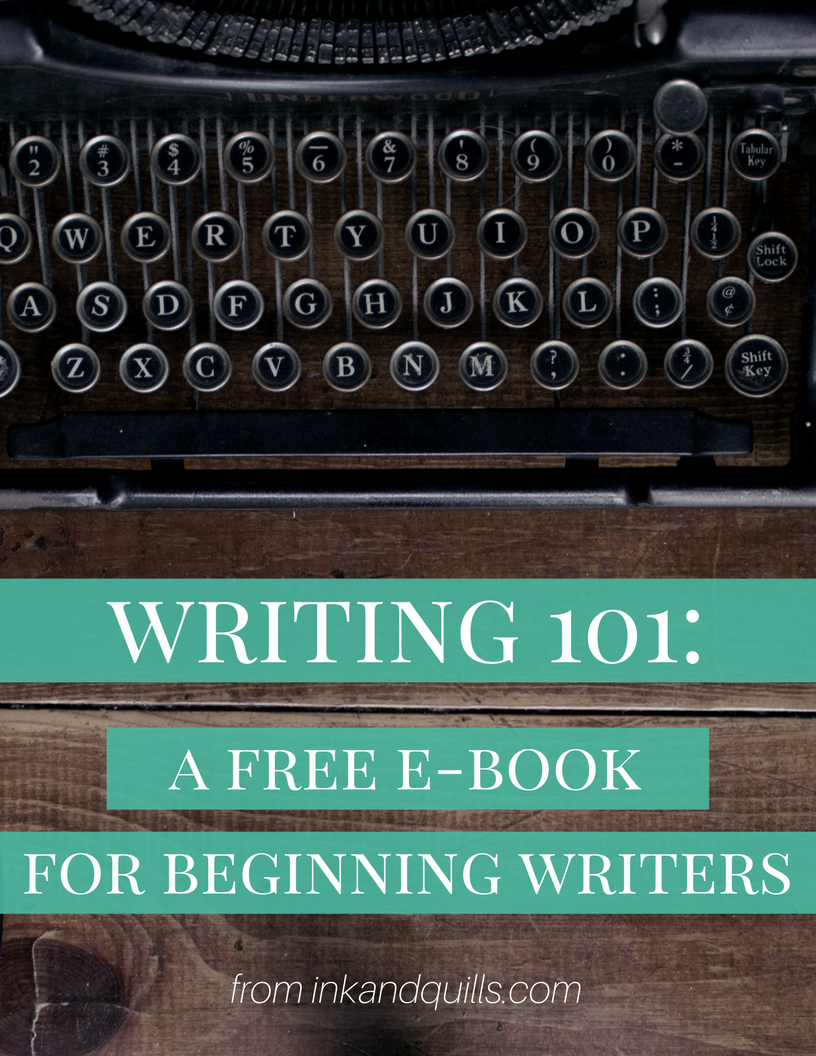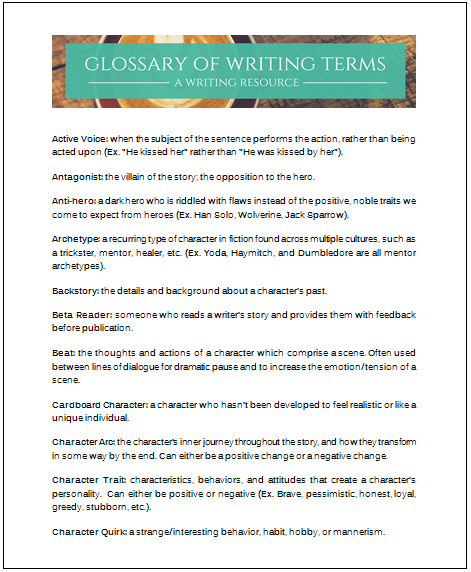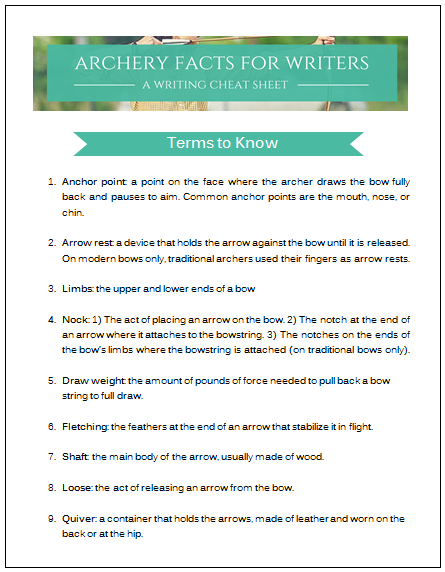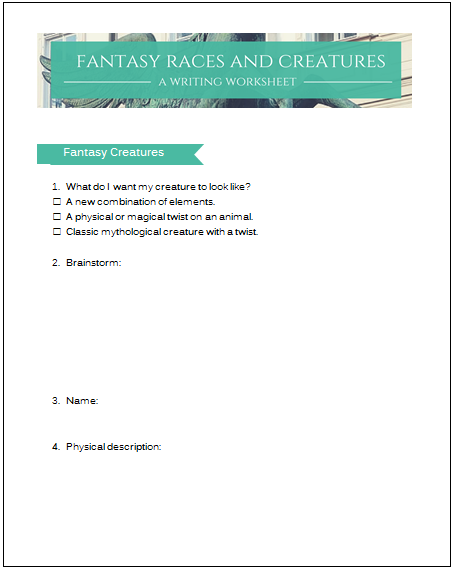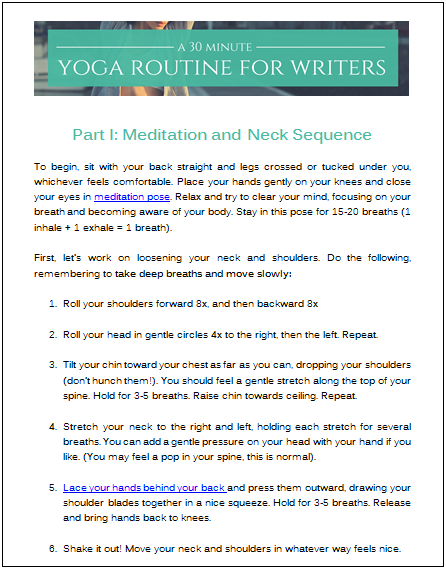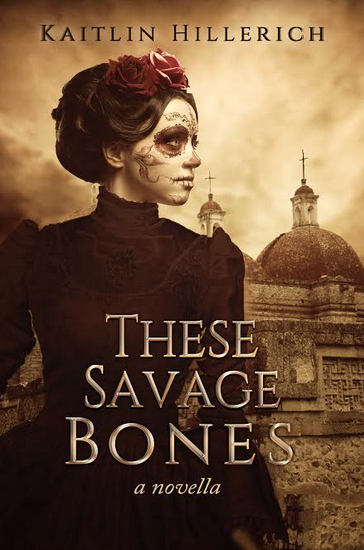 Archery is really popular right now. Pop culture is full of archers–Merida, Legolas, Haweye, the Green Arrow, and Katniss Everdeen. If you’re a fantasy writer, odds are you probably have an archer in your story.
Archery is really popular right now. Pop culture is full of archers–Merida, Legolas, Haweye, the Green Arrow, and Katniss Everdeen. If you’re a fantasy writer, odds are you probably have an archer in your story.
If you’ve never shot a bow or don’t know much about archery, this is the guide for you! Details are the key to making your story vivid, so it’s important to get them right. That’s why you need to learn all you can about archery to avoid making embarrassing mistakes readers might catch.
I’ve been practicing archery for several years now and have also done quite a bit of research for my current novel-in-progress, so I thought I would share some of my knowledge with my fellow writers 😉
(Also, if you have archery in your story I’m betting there’s a good chance you probably have horses too. You can check out my writer’s guide to horses here).
Ready for an archery lesson? Let’s begin!
Archery Terms
Anchor point–a point on the face where the archer draws the bow fully back and pauses to aim. Common anchor points are the mouth, nose, or chin (I use the corner of my eye, it doesn’t really matter what you use as long as you’re consistent).
Arrow rest–a device that holds the arrow against the bow until it is released. On modern bows only, traditional archers used their fingers as arrow rests (see above photo).
Limb–the upper and lower ends of a bow
Nock— 1) The act of placing an arrow on the bow. 2) The notch at the end of an arrow where it attaches to the bowstring. 3) The notches on the ends of the bow’s limbs where the bowstring is attached (on traditional bows only).
Draw weight–the amount of pounds of force needed to pull back a bow string to full draw.
Fletching–the feathers at the end of an arrow that stabilize it in flight.
Shaft–the main body of the arrow, the wooden part
Loose–releasing an arrow from the bow.
Quiver–a container that holds the arrows, made of leather and worn on the back or at the hip.
What Writers Need to Know About Archery
 (Why yes, this is me shooting my bow while wearing a dress. Because I’m a badass like that).
(Why yes, this is me shooting my bow while wearing a dress. Because I’m a badass like that).
1. You can only hold a draw for so long with a traditional bow. I think people forget about this because many archers nowadays use modern compound bows (like the one I’m using above). These types of bows use a gear and pulley system, and are designed to hold the weight for you when you’re at full draw. That means you can hold your draw for ages without tiring.
However, with traditional bows you’re holding that weight all on your own. If you have an English longbow with a 120lb draw weight, that means you are pulling back 120lbs and holding it there.
It’s not going to take long for your arm to start to tire and shake! Shaking is not good for aiming, so archers won’t draw their bow until they’re ready to shoot and won’t take long to aim. So don’t have your character start a lengthy dialogue with her bow drawn!
2. Archery takes practice and strength. Consider your character. What is your character’s age, size and strength? What sort of bow are they using? How long have they been practicing archery? These are all important questions to answer.
A small character with little archery experience won’t be able to shoot a 120lb war bow. But they might be able to handle a recurve or smaller hunting bow with a lighter draw weight. It takes many years to get good at archery, so if your character is a skilled archer make sure he didn’t just pick up a bow yesterday!
3. Don’t have your characters “fire” their bow. In medieval times, the word “loose” or “release” was used when commanding archers. The term “fire” is more modern and relates more to guns and cannons.
So the commands for archers in battle would go: Nock, draw, loose! Also, going back to #1, make sure your generals aren’t having their archers holding their draw for extended periods of time!
4. Shooting a bow is tiring. Especially if you’re firing one arrow after another after another. Of course, if your character is a practiced archer he will have good strength and stamina. But if he is pushed beyond what he is used to, say in a battle, for example, he will grow tired and/or sore. Especially if he has a bow with a heavy draw weight.
Also, pulling back a bowstring with a heavy draw weight continuously will begin to hurt your fingers. Your character may build up callouses over time, but most archers wear a glove to protect their hand if they’re going to be shooting for long periods of time. My bow is only 20lbs, but when I’m out practicing for a long time I’ll wear a glove because I know the string will begin to hurt my fingers.
5. Bows do not creak. When you draw a bow back, it is silent. The creaking you hear in movies is a sound effect invented by Hollywood. So don’t describe it in your story!
6. Arrows do not whistle. This is another sound effect invented by Hollywood, so steer clear of it in your descriptions! To hear the difference between what it sounds like when a bow is shot in a movie vs. real life, watch this scene from the Hunger Games (listen very carefully for the creak when she draws, it’s muted by the arrow scraping against the metal bow) and then watch this video of an English longbow demonstration. Then, watch this video and pay attention to the sounds you DO hear.
7. Arm guards are important. An arm guard (also called a bracer) is a protective piece of leather worn on the forearm of the hand that is holding the bow. Why? Because when you shoot an arrow, the string can slap your arm.
And it hurts. The higher pound draw weight you have, the worse it will hurt, and it can leave a welt or bruise. Bows used for war or hunting have a higher draw weight in order to be effective in killing, so a character using this type of bow would likely wear an arm guard.
You’ll notice above that I am not wearing an arm guard. That is because I was taught to shoot without one by bending my bow arm very slightly at the elbow. Also, my draw weight is only 20lbs. A couple times in the beginning I forgot to bend my elbow and got slapped and it did hurt, but it wasn’t too bad. Now, if I was using a higher poundage bow I would definitely wear an arm guard! Getting slapped by a string at 120lb would NOT be fun!
8. Traditional bows are unstrung when not in use. Again, I think modern archery has made writers/moviemakers forget that back in the day bows were only strung before they were about to be used. Today’s compound bows remain strung even after use, there’s no fiddling with taking the string on and off. Also, medieval archers always carried an extra bowstring on them in case theirs snapped (which can happen!).
9. You can only keep so many arrows in a quiver. It’s really important to keep in mind how many arrows your character has in her quiver as you’re writing fight scenes. Unless her quiver is magic with a limitless supply of arrows, she’s eventually going to run out. About 25 arrows for a large quiver is a good number, 12 for a smaller quiver.
So what happens when your character runs out of arrows? Well, she’ll have to recollect the ones she fired, grab enemy arrows that might be around her, or resort to another weapon. She should at the very least have a dagger on her in case she is caught in a fight without arrows!
Also consider where she gets her arrows from after she runs out. Was she able to collect her own or other arrows after the fight? Does she make more herself? Does she buy them?
10. Bow types and shooting techniques vary among cultures. You will need to consider your character’s culture when you decide to give them a bow. A Mongolian horse bow is very different from an English longbow. Make sure you know the specific type of bow they’re using.
Also, the archer’s draw varies among cultures. In Western cultures, the Mediterranean draw is the most common, with one finger over the arrow and two fingers under. In Eastern cultures, pinched draws and Mongolian draws are common. (To see what these draws look like, click here).
Eastern archers also use thumb rings to protect their fingers while shooting, as a Western archer would use a glove. Additionally, Western archers place their arrows on the left side of the bow, while Eastern archers place their arrows on the right side.
Now, at first glance you may have assumed that the bow in the picture at the very top of this post is an English longbow. Though it is long, it is actually a Japanese yumi hankyū (half bow). The yumi daikyū (great bow) is the longer version and is 7-9 ft. long vs. the 5-6 ft. of the half bow.
So how could I tell it was a Japanese yumi, since it looks really similar to an English long bow? Well, first the ends of the bows limbs are slightly curved. English longbows have no curve at the ends of the limbs. But the main way I could tell was by the way the archer is shooting.
Notice how the arrow is on the right side of the bow, and she is using a pinched draw–Eastern style. If you look at the picture of me shooting, you will see that the arrow is on the left and I am using a Mediterranean draw–Western style.
So, be sure you pay attention to the culture and the type of bow your character is using!
11. Is your character right or left handed? A right-handed person will shoot a right-handed bow. This means that they draw back the arrow with their right hand and use their left to hold the bow. BUT if your character is left-handed, he will draw shoot a left-handed bow, drawing it back with his left hand. Also, right-handed archers place their arrows on the left side of the bow, while left-handed archers place the arrow on the right. So if you are describing a scene be careful with your rights and lefts!
Getting into Archery
Not only is archery fun, but it’s a great stress reliever! (And I’m not gonna lie, it makes you feel pretty epic). I love it because it’s a combination of physical and mental effort.
Archery is easy to learn (though it takes practice to get good!) and relatively inexpensive. You don’t really need lessons–you learn by practicing, and once you have someone teach you the correct way to shoot you can practice on your own. So all you’ll have to pay for is the equipment.
I bought my bow from a local archery store, where they taught me how to shoot correctly. I would search for archery shops in your area, and when you buy one ask them if they can show you how to shoot it.
If you don’t have any archery stores near you, I would buy a bow off Amazon. Then search for archery clubs in your area, and take a class or two until you know how to shoot correctly. After that you should be good to practice on your own. If you don’t have any archery clubs in your area, search for videos online that teach you proper form. It’s really pretty simple!
I would highly recommend the Gensis bow, which I am using in the photo above. It’s a great beginner’s bow to get your feet wet and start learning archery (and it comes in a bunch of different colors). I’ve had a great experience with mine!
I know traditional bows look really cool, but with a compound you don’t have to mess with learning how to string/unstring it. Traditional bows also come at a higher draw weight (I believe the lowest is 35lb), and since the Genesis has a draw weight of 20lb it’s good for beginners.
Once you build up your confidence (and strength!) you can move up to a traditional bow. I’m hoping to get a traditional bow this year–I think I’m ready to tackle learning how string it, which intimidated me as a beginner.
Helpful Videos on Medieval Archery
And now, for your researching pleasure, a plethora of extra sources just for you 😉
(Also, the guy in the videos below also covers all sort of medieval weaponry, including swords. Check out his channel, he has tons of great info! Plus, he’s British.)
1. What Hollywood gets wrong about bows
2. A point about how bows work
3. Medieval war arrows vs. hunting arrows
4. All about longbows
Additional Links for Your Research
Yes, a couple of these sources link to Wikipedia. Don’t judge–it can be a helpful starting point for research. Look through the sources at the bottom of the article for books or websites to check out.
- Archery misconceptions
- Archery 101
- Game of Thrones Archery Mistakes
- Medieval archery for fantasy writers
- Facts about medieval bows
- Recurve bow history, facts, terminology
- Longbow facts, history, battle commands
- More longbow info
- Longbow facts, construction, warfare
- Medieval vs. Modern Archery
- An in-depth guide on how medieval arrows were made
- How to make medieval arrows
- How to fletch medieval arrows
- How to string and un-string a longbow
- How to make a bow
- How to Shoot an English Longbow
Want more research help? Don’t forget to check out my writer’s guide for horses here.
Do you have archers in your story? Do you practice archery or want to start learning? If you have any questions about archery (for your story or for you) or about buying a bow comment below or give me a shout on social media, I’d be happy to help!










